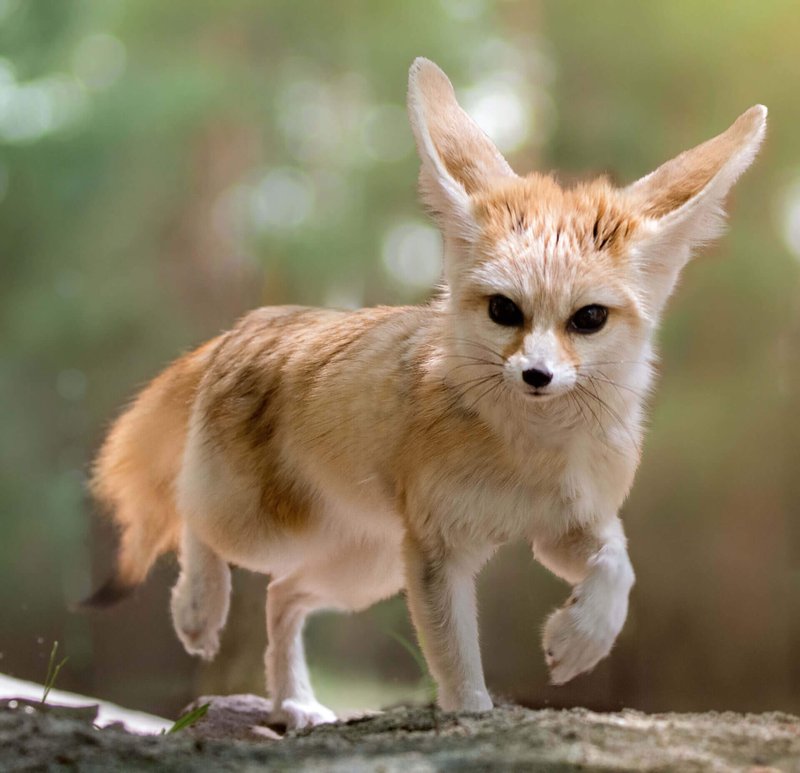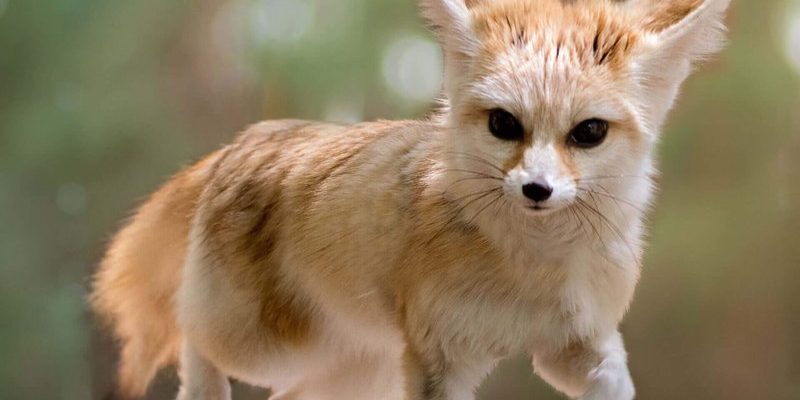
In a world where many species are threatened, it’s essential to understand the conservation status of the fennec fox. They might be small, but their role in the ecosystem is significant. Just like any other creature, they face challenges that can impact their survival. So, like sipping your favorite brew and diving into an intriguing conversation, let’s explore whether the fennec fox is endangered and what’s being done to protect it.
What Is a Fennec Fox?
The fennec fox is a small nocturnal animal native to the Sahara Desert and surrounding regions. They have incredibly distinctive features, including a coat that’s almost cream-colored and those enormous ears that can grow to be six inches long. These ears don’t just look cute—they help them regulate body temperature in their hot environment, acting like natural air conditioners.
You might be wondering why these little creatures are so fascinating. Well, their adaptations are a marvel of evolution. They can go for long periods without water, extracting moisture from their food. Their diet mainly consists of insects, small rodents, and plants. So, they play a crucial role in their ecosystem by controlling pest populations.
Understanding the fennec fox is not just about appreciating its cuteness. It’s about recognizing the environmental factors that affect its survival. So, let’s dive into the pressing question: Is the fennec fox endangered?
Current Status of Fennec Fox Populations
Currently, the fennec fox is classified as *Least Concern* by the International Union for Conservation of Nature (IUCN). This means they aren’t immediately threatened with extinction. However, it’s important to note that this status doesn’t grant them immunity from danger. Various factors could change this status in the future.
The population of fennec foxes is difficult to estimate precisely due to their elusive nature and the vast areas they inhabit. However, in some regions, their numbers are declining due to habitat loss and hunting. They’re often trapped for the exotic pet trade, which can significantly impact their wild populations. So, while they aren’t classified as endangered right now, the potential for decline is always looming.
As we explore their current status, it becomes clear that vigilance is necessary. It’s not enough to say they’re fine today; we need to consider what might harm them tomorrow.
Threats to Fennec Fox Survival
Understanding what threatens the fennec fox is crucial for any conservation efforts. One major concern is habitat loss. Urban development and agriculture in desert regions are encroaching on their natural habitats. As areas are transformed for human use, the foxes lose their homes and hunting grounds.
Another significant threat is the illegal pet trade. You might be surprised to learn that people go to great lengths to capture and sell these unique animals as pets. While they’re incredibly cute, they’re not domesticated animals. Keeping a fennec fox as a pet can lead to behavioral issues, and many don’t thrive in a home environment.
Lastly, climate change poses broad threats to desert animals, including the fennec fox. Changes in temperature and rainfall can alter their habitat and food sources, making survival more challenging. All these factors contribute to a complex web of threats that require attention.
Conservation Efforts for Fennec Foxes
Thanks to awareness about their situation, various conservation efforts are underway to protect the fennec fox. One of the most effective strategies is the establishment of protected areas within their natural habitats. These reserves help preserve the ecosystems where fennec foxes live, ensuring they have the space to thrive.
Additionally, local communities are often involved in conservation efforts. Education programs raise awareness about the importance of fennec foxes in the ecosystem and promote responsible attitudes toward wildlife. When communities understand their role in conservation, they become active participants in protecting these adorable creatures.
Organizations also work to combat the illegal pet trade by enforcing laws against poaching and trafficking. It’s an ongoing struggle, but it’s vital for the long-term survival of the species. By supporting these conservation initiatives, we can help ensure that fennec foxes continue to roam the deserts for generations to come.
How You Can Help
You might be wondering, “What can I do to help fennec foxes?” Great question! There are several ways to get involved, even from afar. Here are some simple steps:
- Educate Yourself: Understand the threats facing fennec foxes and share that knowledge with others.
- Support Conservation Organizations: Consider donating or volunteering for groups that work to protect wildlife and their habitats.
- Advocate for Wildlife Protection: Participate in campaigns that promote laws or policies beneficial to wildlife conservation.
- Choose Responsible Pets: If you’re considering a pet, opt for species that are ethically sourced and domesticated.
Every small action can contribute to a larger movement for conservation. Plus, spreading awareness about the fennec fox can inspire others to care about these unique animals.
Future Outlook for the Fennec Fox
Looking ahead, the fennec fox’s future hangs in the balance. While they are not currently endangered, the threats they face can shift that status quickly. It’s like walking on a tightrope—one wrong move, and they could fall into danger.
Fortunately, increased awareness about their situation gives us hope. Conservation efforts are being implemented, and more people are becoming educated about the importance of protecting biodiversity. As we take steps to ensure the survival of fennec foxes, we also contribute to the health of the ecosystems they inhabit.
Ultimately, the story of the fennec fox is a reminder of the fragility of nature. Our actions today can have significant impacts tomorrow. By prioritizing conservation, we can help protect these remarkable creatures and maintain the beauty of our planet.
In summary, while the fennec fox is not currently classified as endangered, it faces several threats that could change its status in the future. Habitat loss, illegal trade, and climate change are all challenges that need to be addressed. Fortunately, with ongoing conservation efforts and increased public awareness, there’s hope for these delightful desert dwellers.
So, the next time you encounter a fennec fox—whether in person at a sanctuary or through photos—remember the importance of their role in the ecosystem. And think about what you can do to help protect them. After all, a world with fennec foxes is a world worth preserving.

